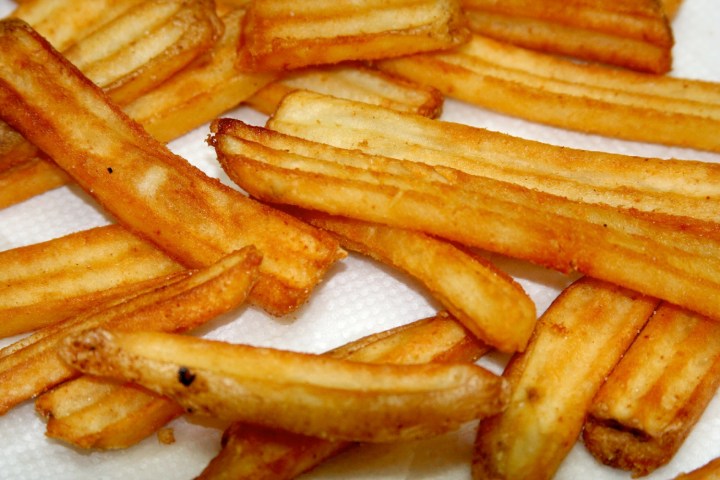
Of course, this wouldn’t be a problem for extraterrestrial physicists if the answer didn’t involve a type of room temperature “cold plasma” technology which uses electrons to counter nasty odors — and if it wasn’t based on research carried out on the International Space Station, for that matter.
“There are two ways to overcome malodour – mask it or remove it,” Gregor Morfill, a professor at the Max Planck Institute and CEO of cold plasma tech company Terraplasma, told Digital Trends. “To remove it efficiently, the molecules should be broken up into constituents that are harmless and neutral. A rapid process [which] takes microseconds is ‘electron impact dissociation.’ However, it is difficult to implement, because free electrons are short-lived in the atmosphere, and because they can produce harmful by-products like ozone if the concentration is too high.”
To free the air of these malodorous molecules, the fastest method is to pass the air through a very thin “curtain” of free electrons with energy in the low eV range. This is the technique worked out by Max Planck Institute researchers, in association with a company called Blümchen.
“[In this work] plasma is produced in an electrical discharge,” Professor Morfill continued. “A cylinder forms one electrode, and a rod in the center forms the other electrode. Air passes along through the cylinder. The DC discharge is radial. A strong axial magnetic field causes the discharge to rotate. The rotation is so fast that a photo taken even at a short exposure time visualizes a sheet of plasma in the cylinder. The air passing through this ‘plasma sheet’ is [then] cleaned of malodour molecules by the rapid electron impact process.”
The advantages, next to current ozone-based cleaners, are myriad. The “malodour” is destroyed with practically no ozone produced, using an incredibly compact system. By comparison, existing ozone-based cleaners are meter-sized and need filters to remove the ozone before releasing the air to the atmosphere.
So what does this mean to you, other than that you’re unlikely to find people on the International Space Station smelling like they’ve just been swimming in a deep fat fryer? Well, if the full prototype planned for 2017 turns out to be successful (currently all that has been built is a smaller demonstrator unit), then the first batch of home-targeted cold plasma devices for this task could arrive on the market as soon as the next few years.
“There is still some way to go before we have an industrial product,” Morfill said. “But when we do, we hope it will be a disruptive step.”



